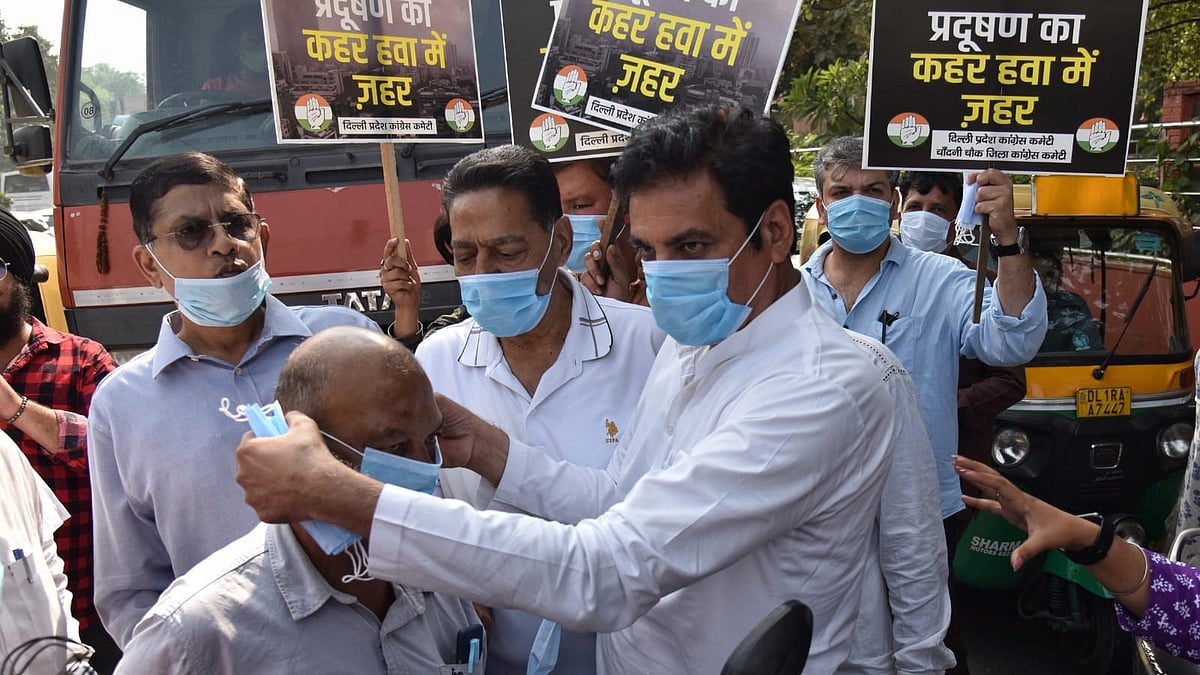Nation
Delhi’s AQI at 278, likely to slip to ‘very poor’ by evening
As sunlight dims behind the smoky haze, Delhi once again grapples with its winter nemesis — the returning smog

Delhi awoke on Thursday, 6 November, shrouded in a pale, smoky haze — a thin blanket of smog softening the city’s skyline and blurring its distant edges. The air hung heavy and acrid as the national capital’s Air Quality Index (AQI) stood at 278, placing it in the ‘poor’ category, with forecasts warning that it may worsen to ‘very poor’ levels by evening.
According to the Air Quality Early Warning System, the situation is likely to deteriorate further between 6 and 8 November, as the familiar winter pollution spiral deepens. Winds from the northwest, expected to pick up speed to around 15 kmph in the afternoon, may bring momentary relief — only to slow again by nightfall, trapping pollutants close to the surface.
Published: undefined
Thursday’s air quality bulletin from the Central Pollution Control Board (CPCB) painted a grim picture, confirming that much of the city was breathing unhealthy air. The agency’s index, which categorises AQI readings from ‘good’ (0–50) to ‘severe’ (401–500), placed Delhi firmly in the ‘poor’ bracket.
The city’s weather, meanwhile, mirrored the season’s change. The minimum temperature dipped to 12.7°C, about 2.6 degrees below the seasonal average, while humidity hovered at 75% at 8:30 a.m. The maximum temperature is expected to reach around 29°C, with the India Meteorological Department (IMD) forecasting a mainly clear sky laced with morning mist and haze.
As sunlight struggled to pierce the smoky veil and commuters moved through the amber-tinted air, Delhi found itself once again wrestling with its most persistent adversary — the smog that returns each winter, turning the air into a visible reminder of the cost of urban life.
With PTI inputs
Published: undefined
Follow us on: Facebook, Twitter, Google News, Instagram
Join our official telegram channel (@nationalherald) and stay updated with the latest headlines
Published: undefined